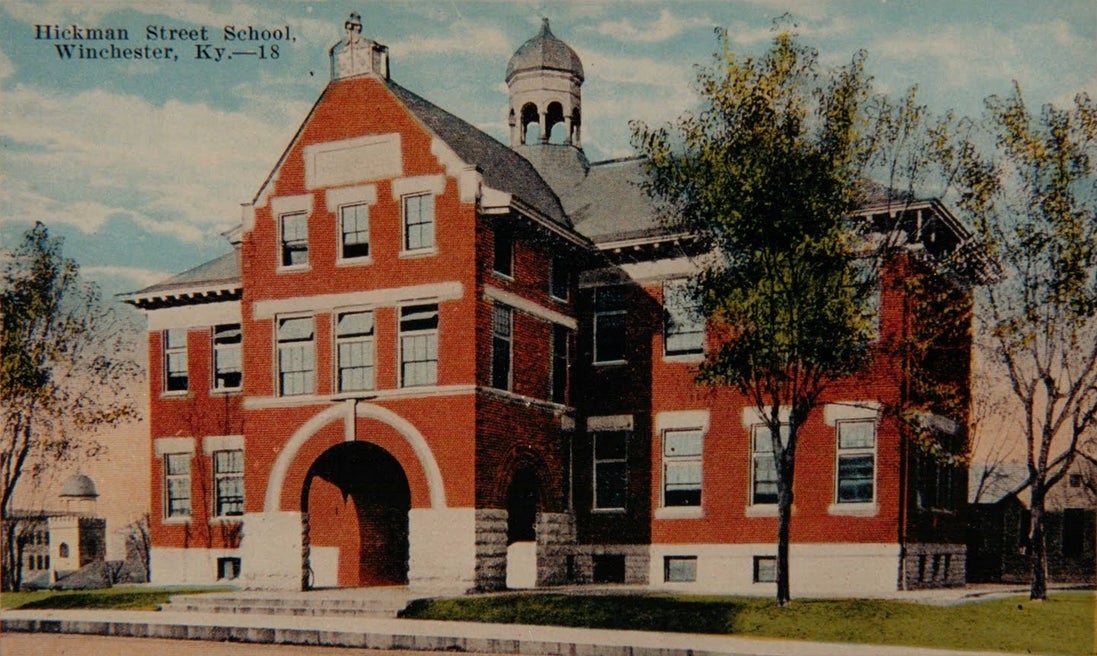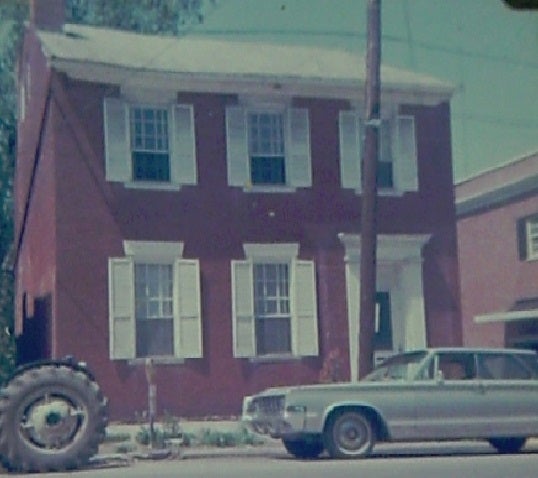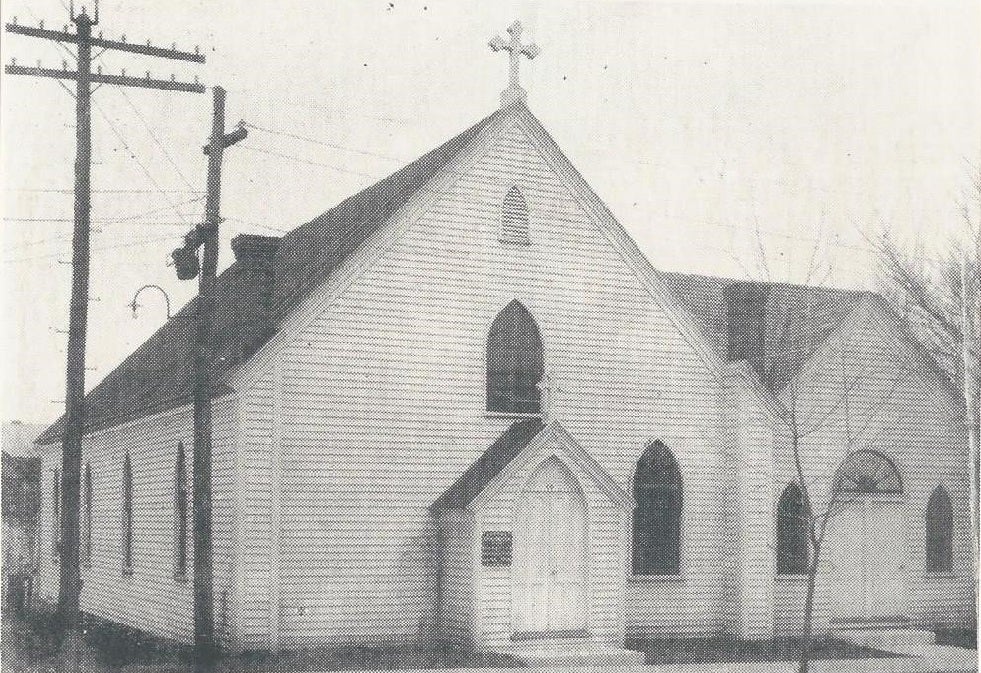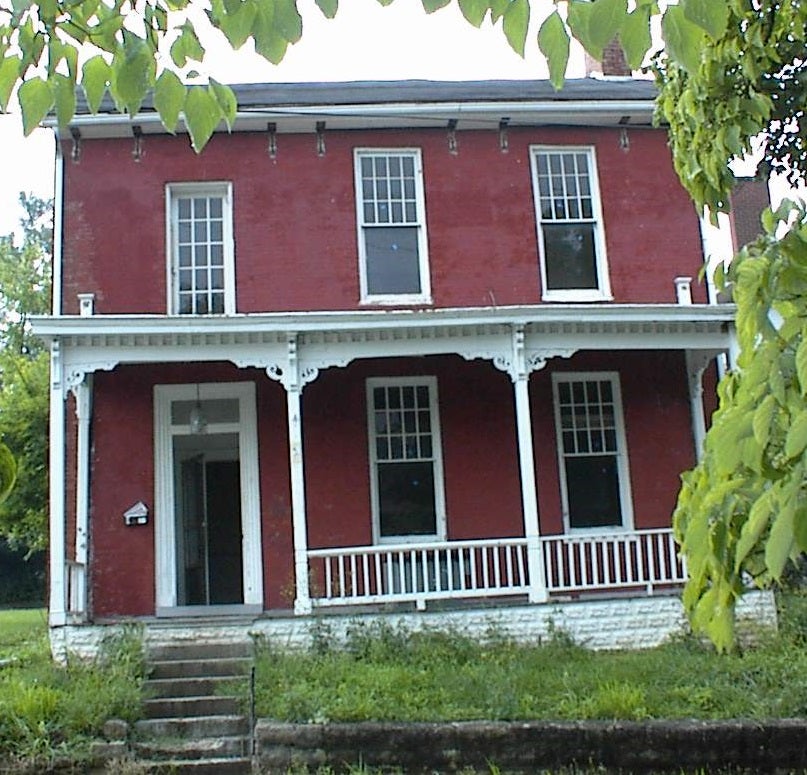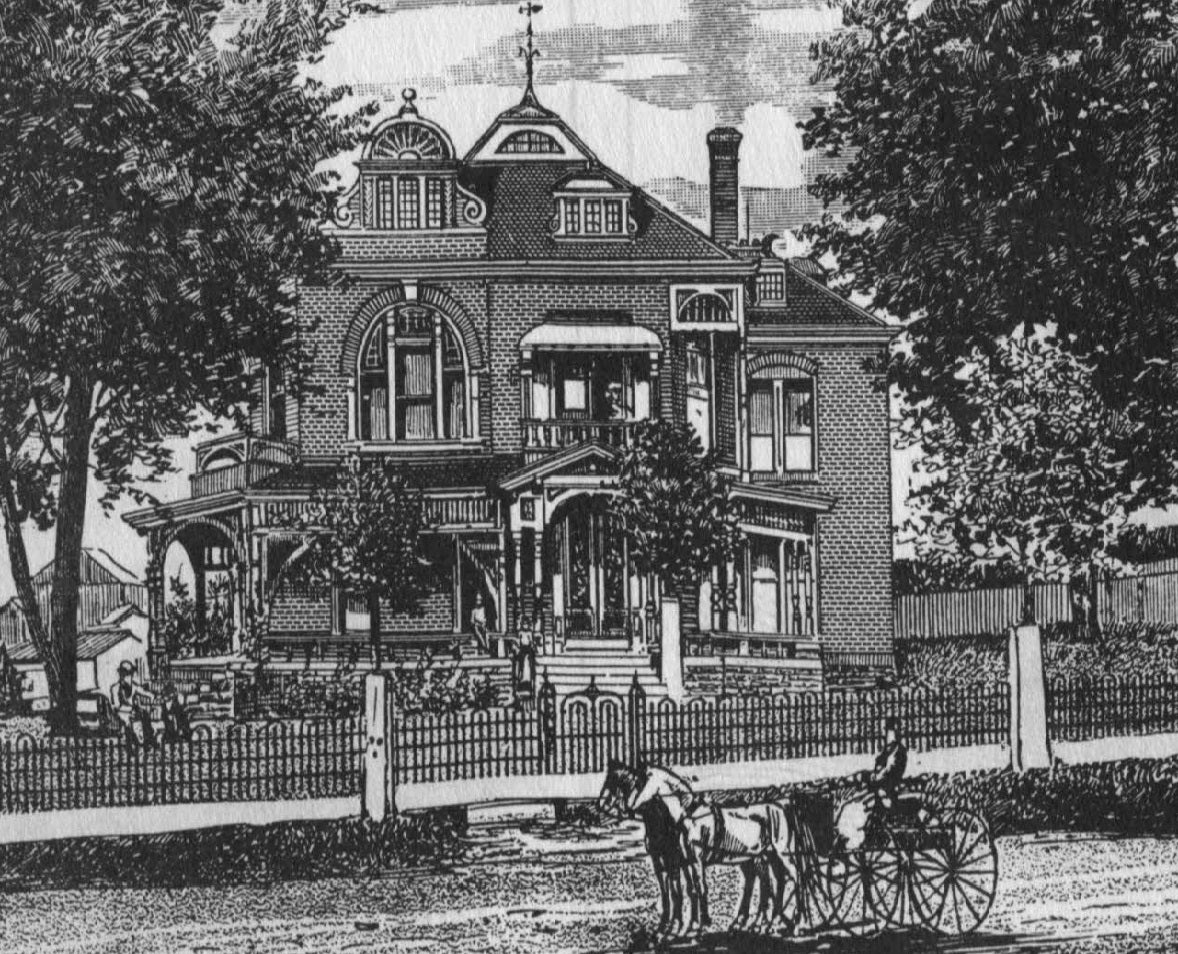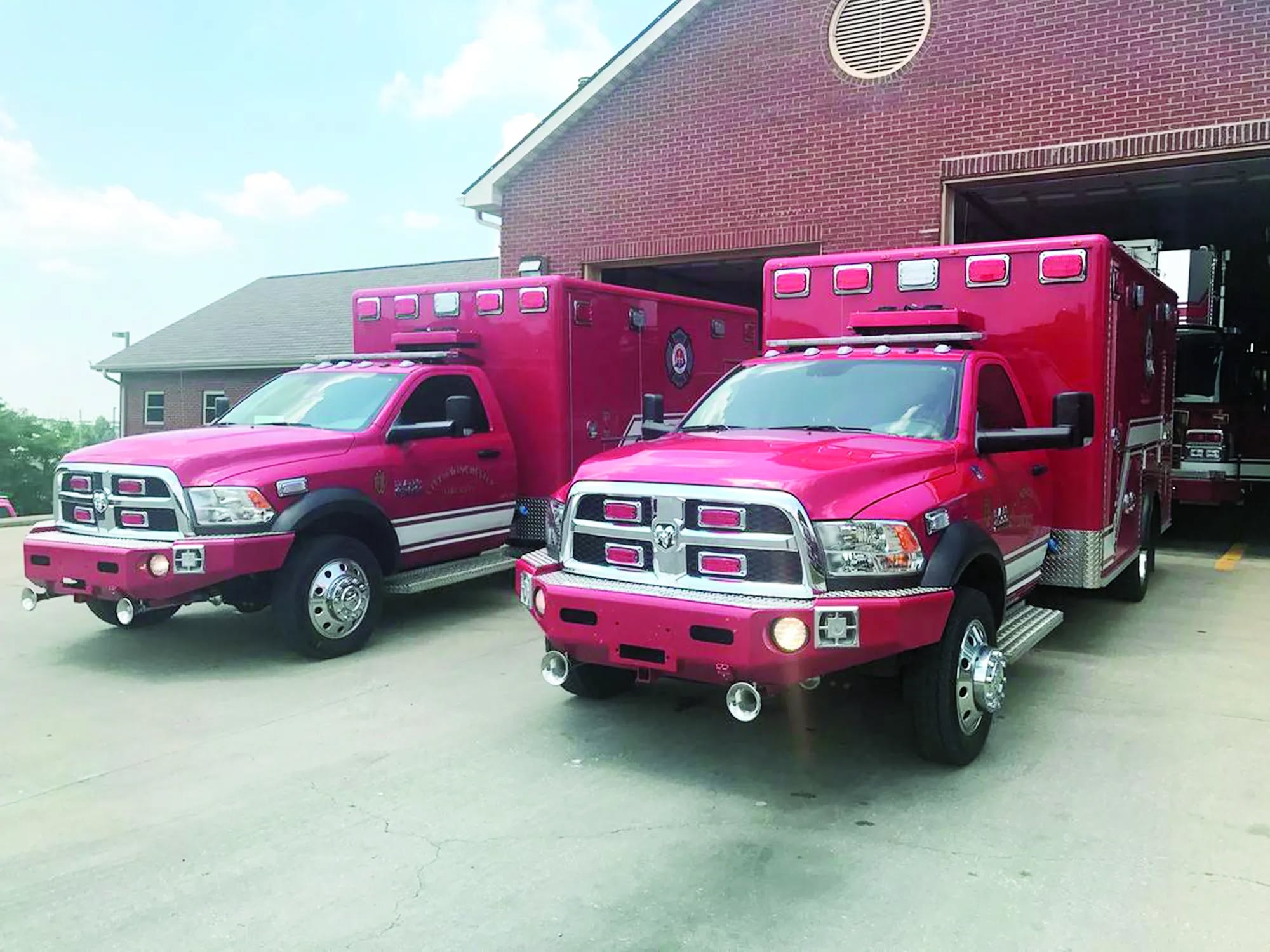The Parking Lots of Winchester: A tour of places no longer there
Published 8:00 am Saturday, July 22, 2023





|
Getting your Trinity Audio player ready...
|
By Harry Enoch
Contributing Writer
Hickman Street School
Trending
Another Winchester icon was lost when Hickman Street School at the corner of Highland was razed after more than 80 years of service. The school stood on the site of the county’s first educational institution, the Winchester Academy, incorporated in 1798. The old building was replaced by the six-room Hickman Street School in 1890. Ten more rooms and a gymnasium were eventually added. Elementary classes were held on the first floor; high school students attended on the second floor.
Integration and consolidation brought many changes and several new schools. When Shearer Elementary School opened in the fall of 1972, the Hickman Street facility stood vacant. In February 1974 the old school was demolished. The lot now serves as parking for MS Billing Services.
Coulter House
One of Kathryn Owen’s scrapbooks has a photograph of this building she called the Coulter House. It was constructed in about 1816 by the Winchester merchant Joseph Coulter. The lot, which was outside the town boundaries at that time, began 100 feet from what is now Ogden Alley. An 1864 deed described the property as a “Brick house and lot of ground.”
Winchester Bank (now Community Trust Bank) purchased the lot in 1976 and razed the old house to make room for additional drive-thru lanes.
Emmanuel Episcopal Church
Trending
Francis H. Dudley donated a lot at the northeast corner of Wall Alley and Hickman Street, where Emmanuel Episcopal Church erected their first edifice, which opened in May 1888.
The parish was almost lost in the 1950s due to financial woes but recovered after receiving an endowment from the estate of Susan Miller Bush. In 1967 construction began on a new building on Lexington Road. Services there began on Christmas Eve of that year.
The Hickman Street site now serves as a parking lot for Community Trust Bank.
Captain John Tramel House
In spite of preservationists’ efforts to save it, the Captain John Tramel House on West Hickman Street was demolished in 2004. The two-story brick Federal-style residence was erected in 1834.
Captain Tramel ran a grocery on Main Street and was commander of the Winchester Light Infantry. In 1832 his company escorted President Andrew Jackson from Colbyville Tavern to a celebration and dinner in Winchester.
Tramel deeded the house to his children, and the property remained in the family until 1873, after which it passed through a series of owners, one of whom was William J. Lampton, the prominent author who called himself the “Plain Poet of the People.”
First United Methodist Church razed the house for a parking lot.
V. W. Bush House
The “charming home of V. W. Bush” appeared in the Winchester Handbook of 1889. Valentine White Bush was the grandson of Ambrose Bush, Capt. Billy Bush’s brother. V. W., a prominent Winchester businessman, erected one of the city’s iconic buildings, the V. W. Bush Warehouse, known as the “Sphar Building” (now sadly demolished).
His Main Street residence was purchased in 1884 in the name of Kate Hampton Bush, his third wife. Deeds referring to this house go back at least to 1838, when James H. Reed sold it to William C. Sympson. Successive owners were Henry Grant, Thomas H. Moore, A. D. Rash, Mary Oder, and Mrs. Kate Bush. V. W. died in 1900, Kate in 1927. Her will left the house to her son V. W. Jr. In 1942 he gave the house to his sisters, Clara and Wilma, as “a Christmas present.”
The house was razed in the 1970s. The lot now serves as the parking area for Bluegrass Heritage Museum.


